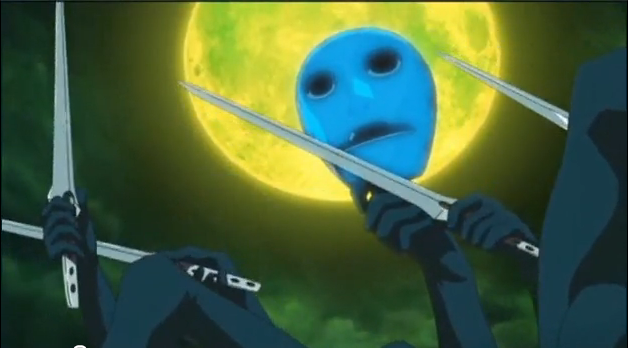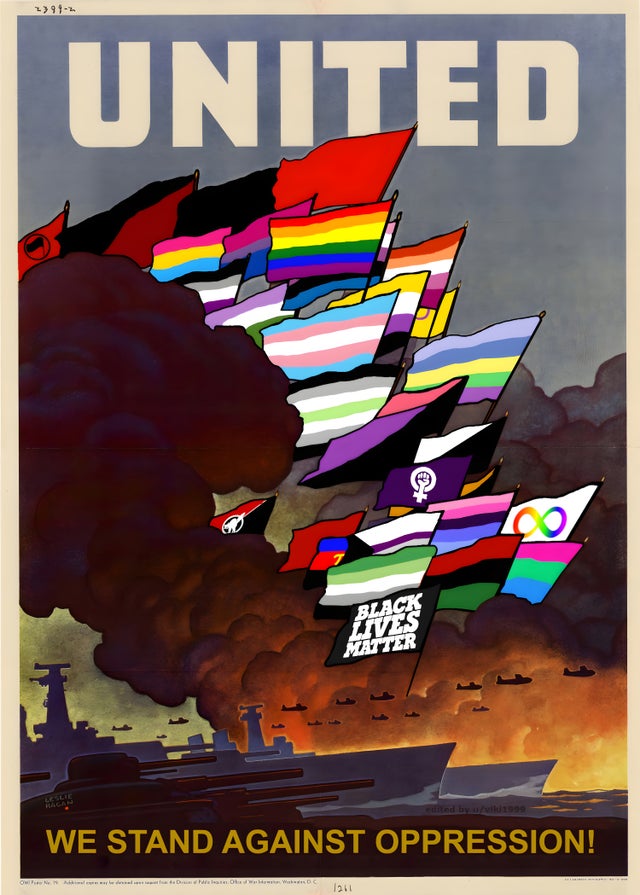I'm joking with the meme, but it's an interesting how plot armor unintentionally places value on people's lives in fiction.
It's telling that censorship laws decide who it is and isn't acceptable to kill. Just thinking about violence against sentient robots and how that's normalized in things like Samurai Jack.
Like we know the robot has thoughts and feelings, like they'll try to run to save themselves or plead for mercy, but a character can still heroic after essentially killing a non-human who's acting like how we understand humans.
I feel like there's something dangerous in how easily we can depict appropriate targets of violence. Not just robots, but anybody deemed as less than human are allowed to be more put at risk.
![]()
Unnamed people are killed in superhero fights all the time. But unless they are of a class of characters like protagonists, they are collateral damage at best.
I think Plot Armor as a trope needs more class consciousness and awareness around how deciding who gets to be protected is often an unconscious political belief.
What about you though? Any tropes in media you'd like to see explored more or written with a leftist understanding?


How did Tolkien explore the extremes of humanity through different races? Lord of the Rings may give thst impression somewhat and the Jackson films quite a bit but on other works elves have quite a variety of cultures and different types of dudes including one of the biggest assholes of the legendararium, Feanor. The dwarves still seem a bit like a monoculture but Tolkien didn't write a tonne on them and they keep a lot of their culture secret to non dwarves. Children of Hurin has examples of characters form all of those races who act against what would become the stereotype (it didn't exist yet, it came from people who were inspired by Tolkien). This may just be me being a giant Tolkien geek and from reading everything the guy ever put to paper at least twice.
Yes you are right, there is a lot of internal diversity within elves and dwarves. That is a saving grace, and not just that, it should serve as direction for modern fantasy writers too who might otherwise overlook the scope of Tolkien's project as the first fantasy work, and write monoliths and stereotypes instead.
I am trying to recall exactly where I read Tolkien explaining this. Maybe the Silmarillion or one of his letters, or I might be remembering someone else's explanation. Basically the observation that in mythology, subsequently reflected in Tolkien, supernatural races are in fact human but to an extreme in some respect.
Like the elves represent the daring and heroic of humanity, once young, powerful, and immortal in a new world, then weary of it once past the point of glory. The dwarves are humanity's drive to build and conquer nature, to an obsessive degree. Orcs are humans twisted by industrialization and warfare. Hobbits are humans stubborn yet content in their traditions, maybe fearful of change as well.
You see the same across mythologies, which I believe Tolkien was aware of. In Indian mythology, the gods and gandharvas are humans with extreme power, virtue, knowledge, and compassion. The asuras are the same, but without compassion. Rakshasas are asuras without the virtue and knowledge. Pretas are hungry and all-consuming. The apsaras are sexual and playful. And so on. They are all humanoid, even the ones which aren't, paradoxically, like the nagas, kinnaras, and kimpurushas.
All put together, at least in the Indian conception, they are all characters in a divine drama, meant to celebrate or teach the human condition to the human audience.
I see what you mean there. I'd have to guess it's someone else's explanation though. It's for sure not in the Silmarillion or published letters and it doesn't sound like how Tolkien considered his own work. He may have had that influence but his 'anti allegory' (big quotes) brain would just deny it. It's both there and totally subverted at the same time, actually, yeah, that does kinda cover it, I can't think of a character or story in the legendary that doesn't apply to and even thematically it does both all the time every time.